The MG M9 Feels Like Business Class On Four Wheels
MG’s M9 doesn’t solve traffic. It simply makes you not care about it anymore
Picture this: You’re stuck behind a cement mixer on the Panjim bypass, the afternoon sun turning your car into a convection oven. Your back hurts, your phone’s at 3%, and that conference call starts in ten minutes. Now imagine the same scenario, except you’re getting a shiatsu massage in a climate-controlled cabin while your laptop charges off a 220V outlet.
That’s the MG M9 in a nutshell—a solution to problems you didn’t know you had.
Big Fish
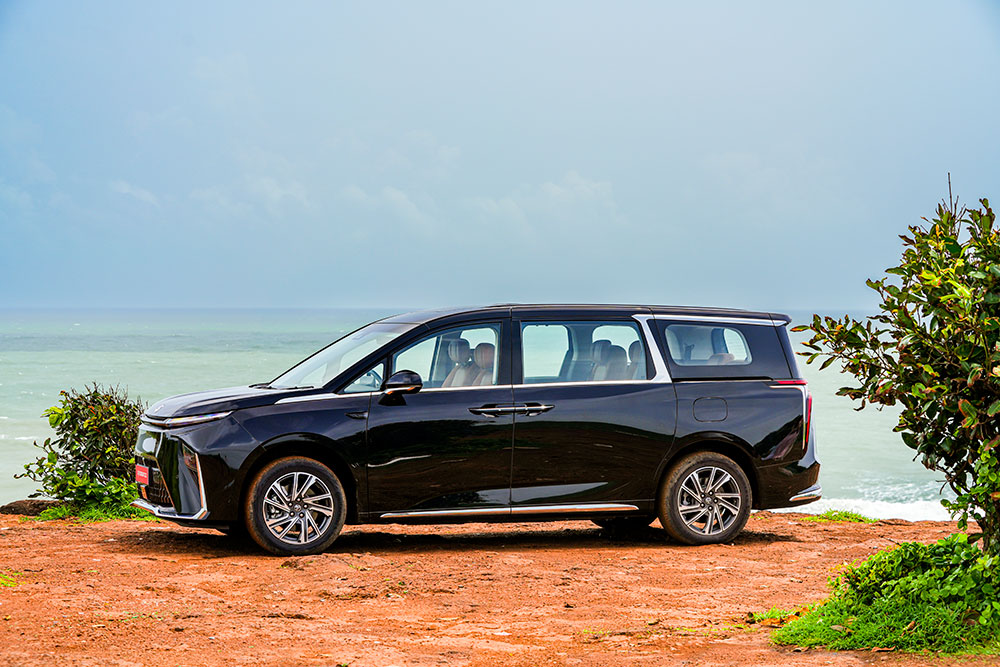
At 5.3 meters long, the M9 is massive. We’re talking small-apartment-on-wheels massive. But unlike most oversized vehicles that waste their bulk on aggressive styling, nearly every inch here goes toward interior space. The design itself plays it surprisingly safe—LED light strips, large grille, enough chrome to notice but not enough to blind. It looks expensive without trying to prove it.
The real drama happens when those powered doors slide open. Electric motors whir, the door glides back, and you’re looking at what MG calls “Presidential Seats.” Marketing fluff aside, these are genuinely impressive—leather thrones with ottomans, heating, cooling, and eight massage modes. Eight. I tried them all. The lower back setting during stop-and-go traffic might be worth the price of admission alone.
Living Room Logic
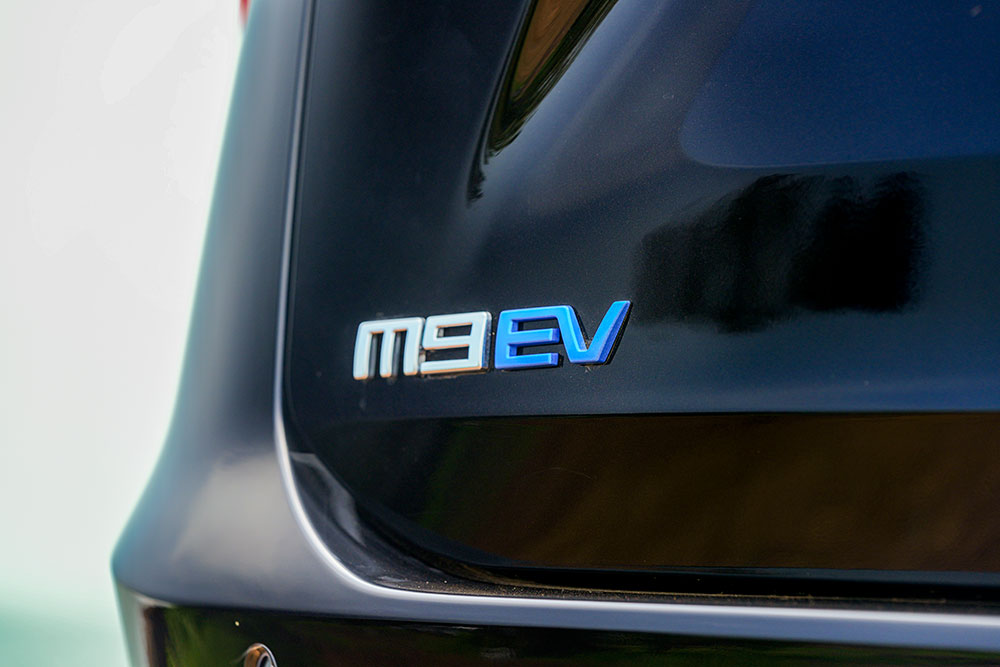
The second row is where M9 owners will live, and MG knows it. Each seat has its own touchscreen controller built into the armrest. From here, you control seat position, massage settings, ambient lighting (64 colours, because why not), and even the panoramic sunroof. It’s intuitive enough that you’ll figure it out in minutes, complex enough that you’ll still discover features days later.
Third-row passengers aren’t forgotten either. The seats slide on rails, so you can prioritize legroom or cargo space as needed. Adults fit comfortably back there—a rarity in any three-row vehicle. There’s decent headroom, USB ports, and dedicated air vents. No massage functions, though. Democracy has its limits.
The materials are mostly convincing. Soft leather everywhere that matters, suede-like headliner, real metal trim pieces. Sure, there’s hard plastic if you go hunting for it, but you have to hunt. The overall effect is properly premium, even if it lacks the obsessive attention to detail you’d find in German alternatives.
Quiet Riot
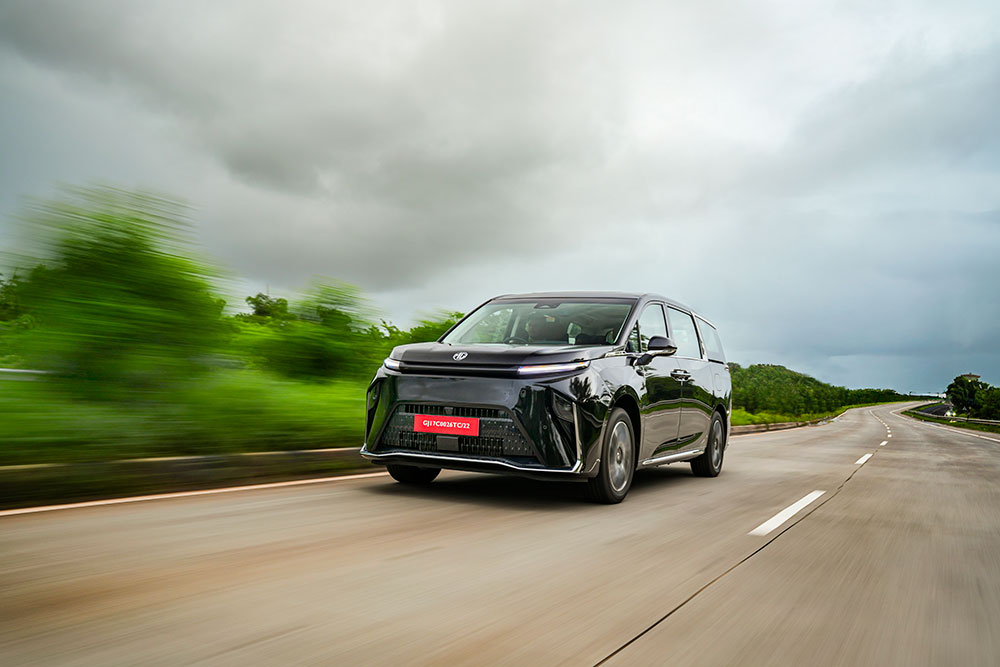
Here’s where electric propulsion pays dividends. The M9 moves in near silence, its 245hp motor pulling this 3-ton vessel with surprising urgency. There’s no gear hunting, no turbo lag, just smooth acceleration whenever you need it. Highway overtakes happen without drama. City traffic becomes less annoying when you’re gliding through it in silence.
The claimed 500km range seems optimistic. In real-world driving around Goa—AC blasting, multiple passengers, some enthusiastic acceleration—I saw closer to 400km. Still plenty for intercity runs, and the ability to charge from 30-80% in 30 minutes means longer trips aren’t out of the question.
Driving the M9 feels odd at first. You sit high, commanding a view over traffic, but the steering is light and direct enough that urban manoeuvring isn’t the nightmare you’d expect. The turning radius is surprisingly tight. Parking sensors and cameras are everywhere, which helps when you’re threading this land yacht through tight spots.
Reality Bites
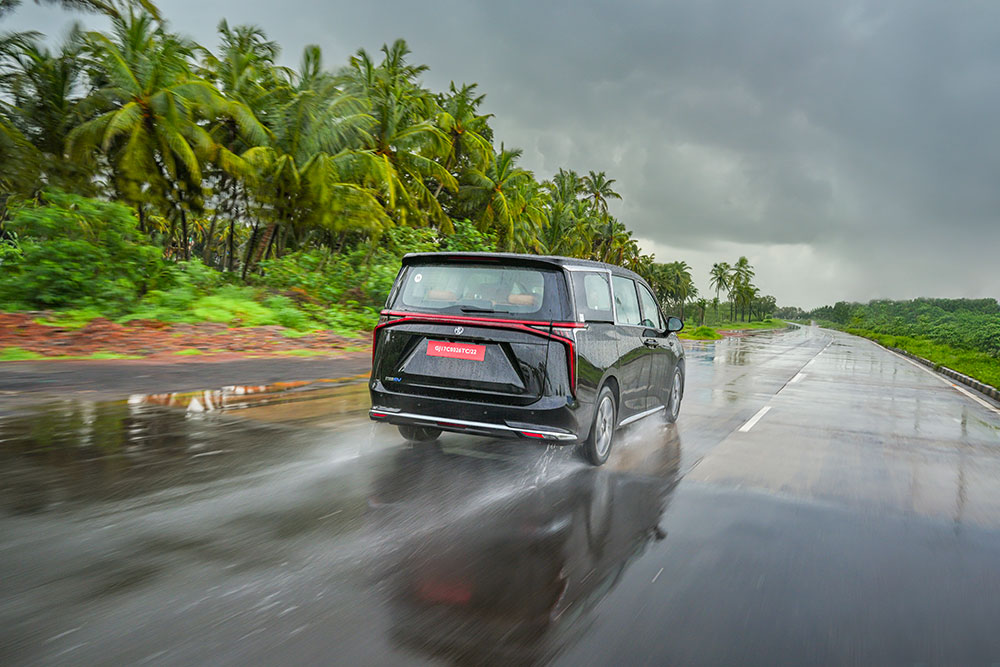
The M9 isn’t perfect. The ride quality puzzles me most—it’s firm where you expect plushness. Not uncomfortable, but certainly not the magic carpet ride the rest of the package promises. Speed bumps and potholes register more than they should in something this focused on comfort.
Other annoyances: The driver’s display is tiny, making you squint for basic information. The ADAS system beeps constantly in Indian traffic conditions. Drive modes hide in touchscreen menus instead of physical buttons. And those manual sunblinds in a cabin this high-tech? Come on.
The biggest issue might be practicality. With all three rows up, boot space shrinks dramatically. You’ll fit a couple of overnight bags, not much more. The front trunk helps, offering 55 litres of additional storage, but families planning week-long trips will need to pack light or fold seats.
Making Sense of Excess
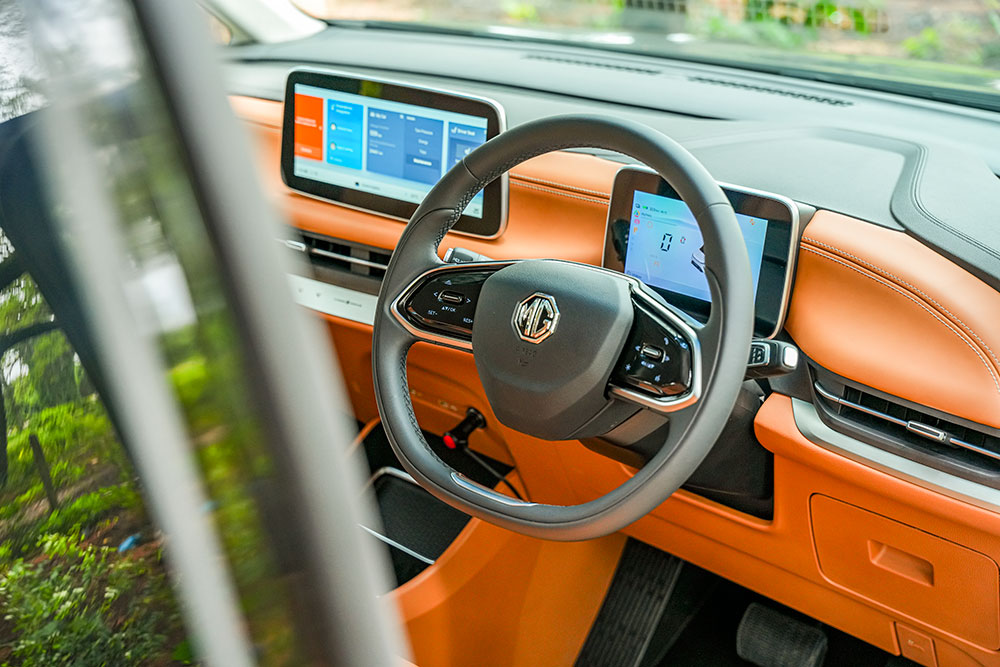
At an expected ₹70 lakh, the M9 enters a small but growing segment. The Kia Carnival costs less but gives you less too—smaller dimensions, diesel clatter, and no massage seats. The Toyota Vellfire brings hybrid efficiency and bulletproof reliability, but at a significantly higher price point. The M9 positions itself cleverly between them—more luxurious than the Carnival, more affordable than the Vellfire, and the only one running purely on electrons.
The target audience seems clear: anyone who spends serious time being driven through Indian cities. Hotel fleets wanting to stand out. Executives who’ve realised that stressful commutes defeat the purpose. Film industry folks who need mobile meeting rooms. Or simply people who’ve decided comfort trumps everything else.
After two days with the M9, stepping back into normal cars felt like a clear downgrade. Not because they’re bad, but because the M9 recalibrates your expectations. In traffic that crawls at 20 kmph, speed becomes irrelevant. What matters is how you spend that time.